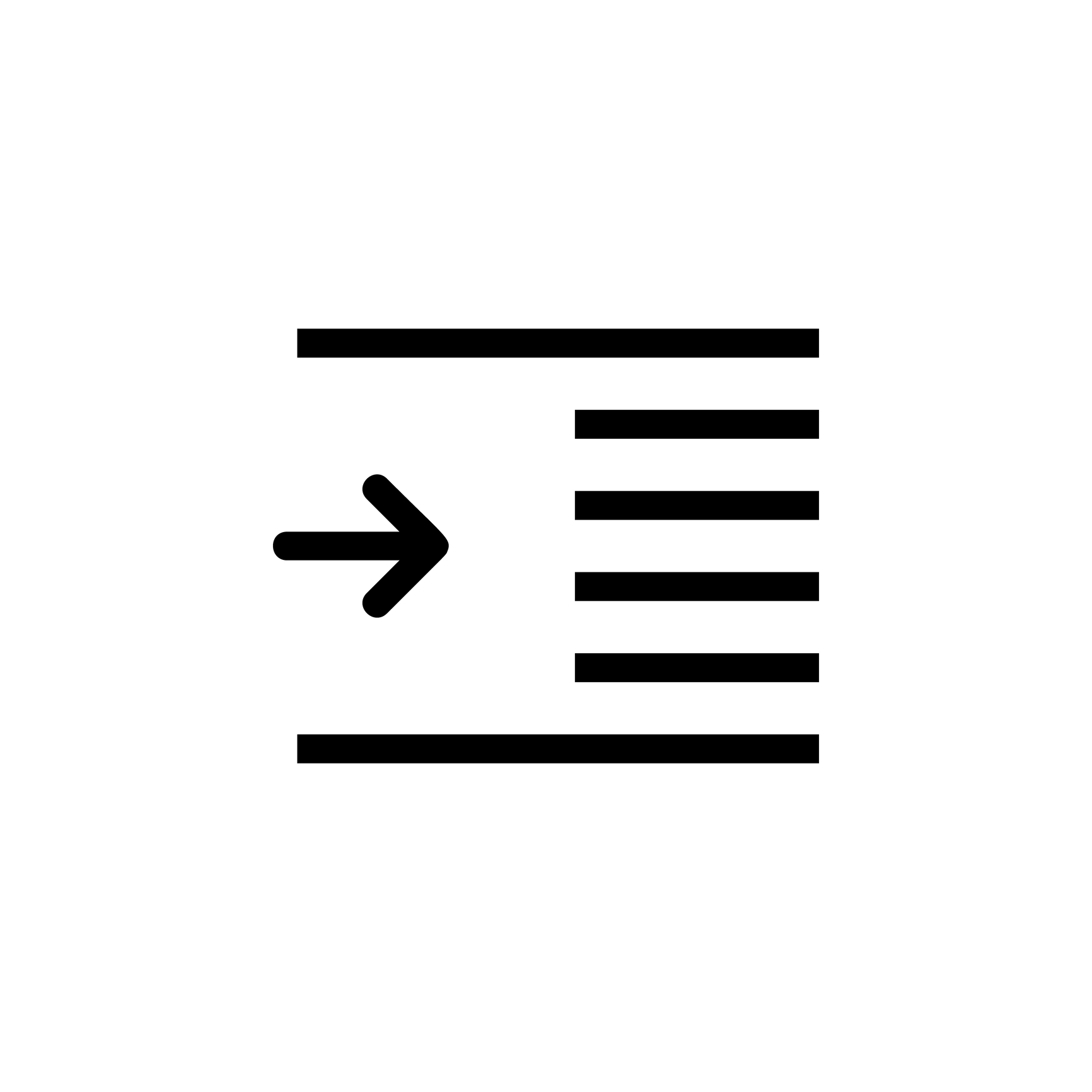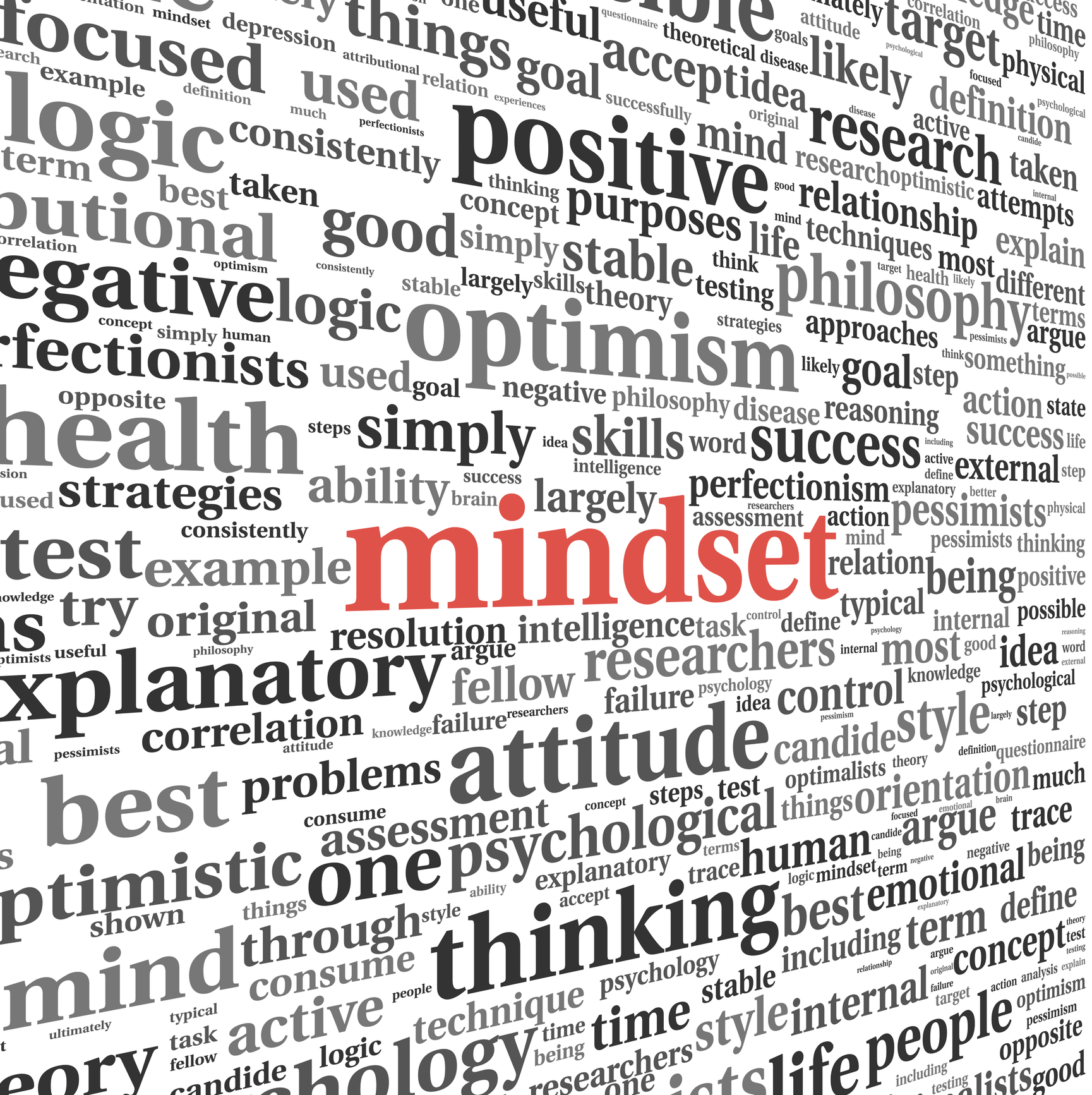The Scrivener Mindset: The role of Project Formats
Project formats lead the way This blog post is the final one in a series all pointing to the fact that the role of a project format is to provide one of your many routes out of Compile. For a single manuscript, you can set up numerous project formats, each one serving a different purpose and/or a different end recipient. Here, I explain how, referring back to the previous posts which provide...








